Death of Lily the Werewolf (the) is a poignant image, asserting the ‘judicious righteousness’ of allied forces in Italy, at a late stage during the Second World War. In 1979 I found a discarded copy of Epoca in Wardour Street. The magazine contains some stark photo reportage covering the final days of fascist rule in Italy and Germany. One particular centrefold, shows a firing squad composed of American servicemen, dispatching a member of the fascist resistance (sometimes referred to as Werewolves). I kept the publication, knowing it would be useful to work from.
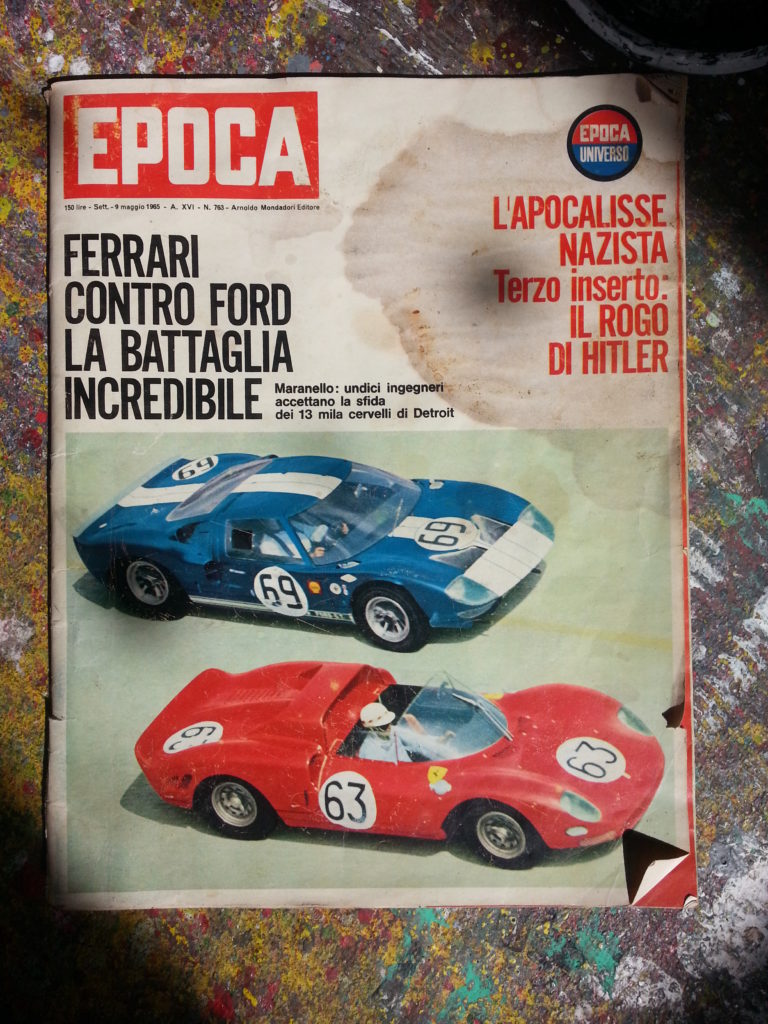
Death is something we all have to reckon with and by using found material, I have been able to confront the idea and meditate on the theme.
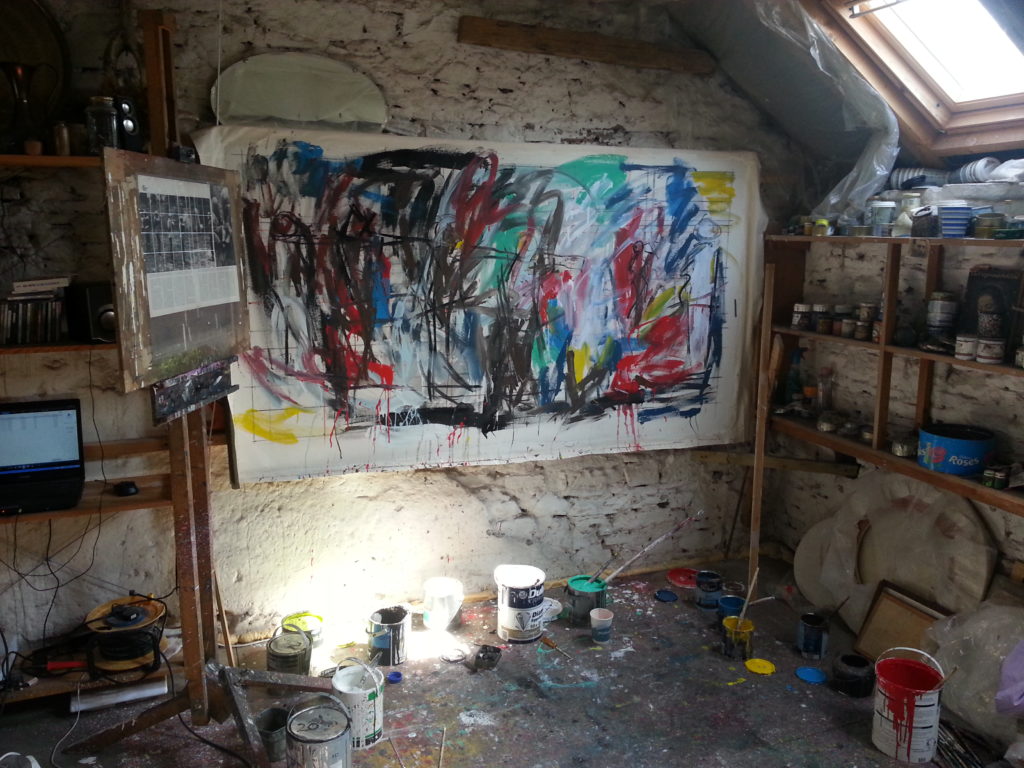
Using canvas from a previous project (Going Large for Thames TV), I transposed the image, drawing by means of a grid. At first I thought I would carefully reiterate visual properties in the photo – but what would be the point? After considering the function of the task, I knew it would be futile to do that. Re-painting the Death of Lily the Werewolf in a photo-realist style would not serve any painterly purpose.
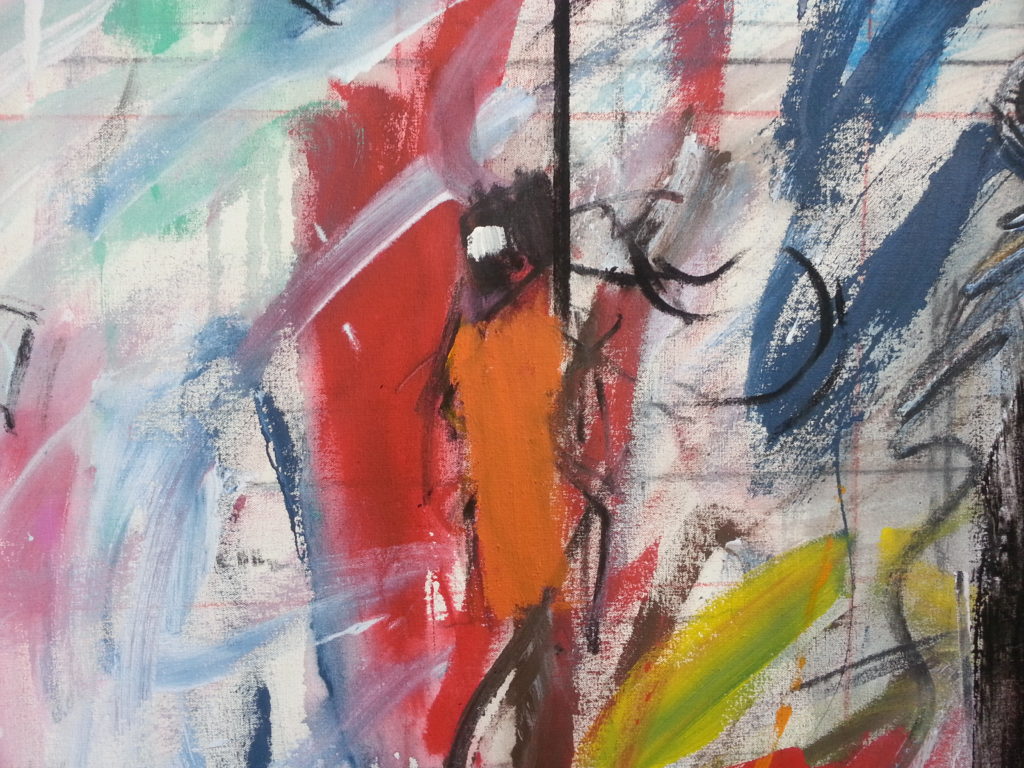
I opened numerous containers of paint and (working to music), assaulted the surface in a demented, fervid way – flicking the V’s at Tod. My facetious attitude borne out by aggressive brush-work and angry, irrational use of colour. Perhaps one of the most important things to learn about painting – is to disregard the necessity to make it look really real. Painting ‘blindly’ – from the subconscious or from the heart, takes some un-learning. Even when it is about the Death of Lily the Werewolf.
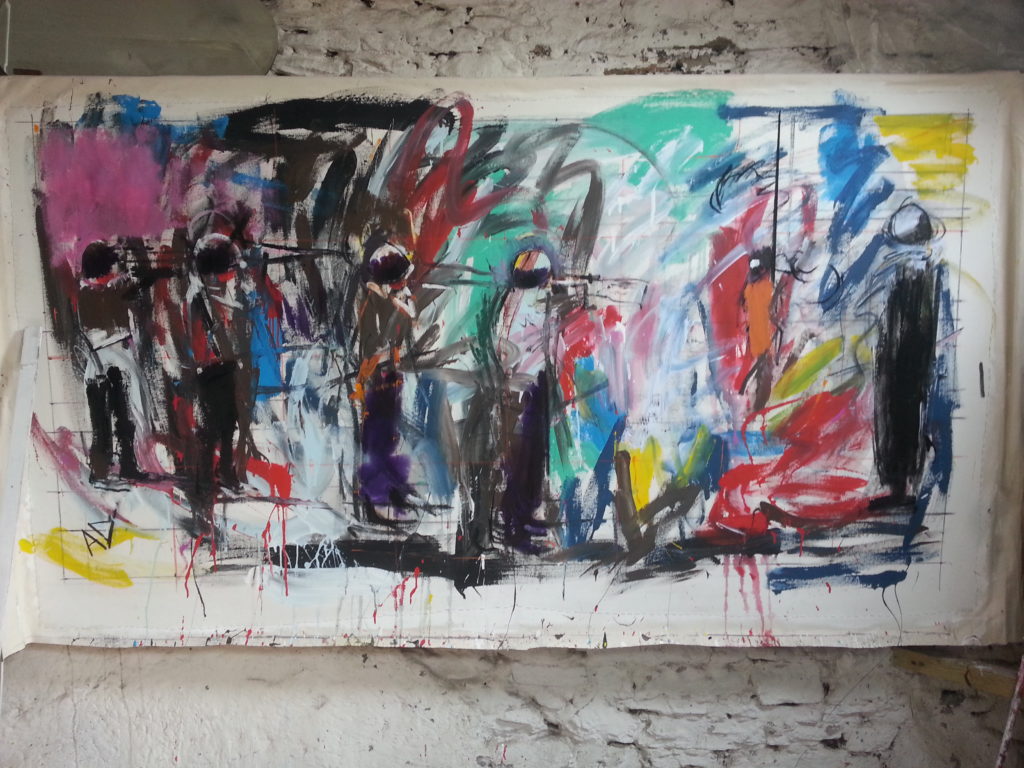
I wrote a post-graduate thesis on the topic of Fascism – simply because I knew little about it. The germ of fascist ideology begins with defining a political ‘out-group’. The ‘out-group’ then become the butt of all society’s contentions. In Germany, during the inter-war years, the rise of National Socialism saw Jews targeted and vilified in the build-up to hostilities throughout Europe and beyond.
These days, micro-fascism is made palatable by media institutions such as Big Brother; the exorcism of undesireable elements from the gold-fish bowl of society within a shared space gets turned into entertainment – and people love it. Still we must ask: Quis custodiet ipsos custodes? (who will guard the guardians?) or the Guardian Newspaper (or any newspaper or the media in general) for that matter, for the harm their spin can do.
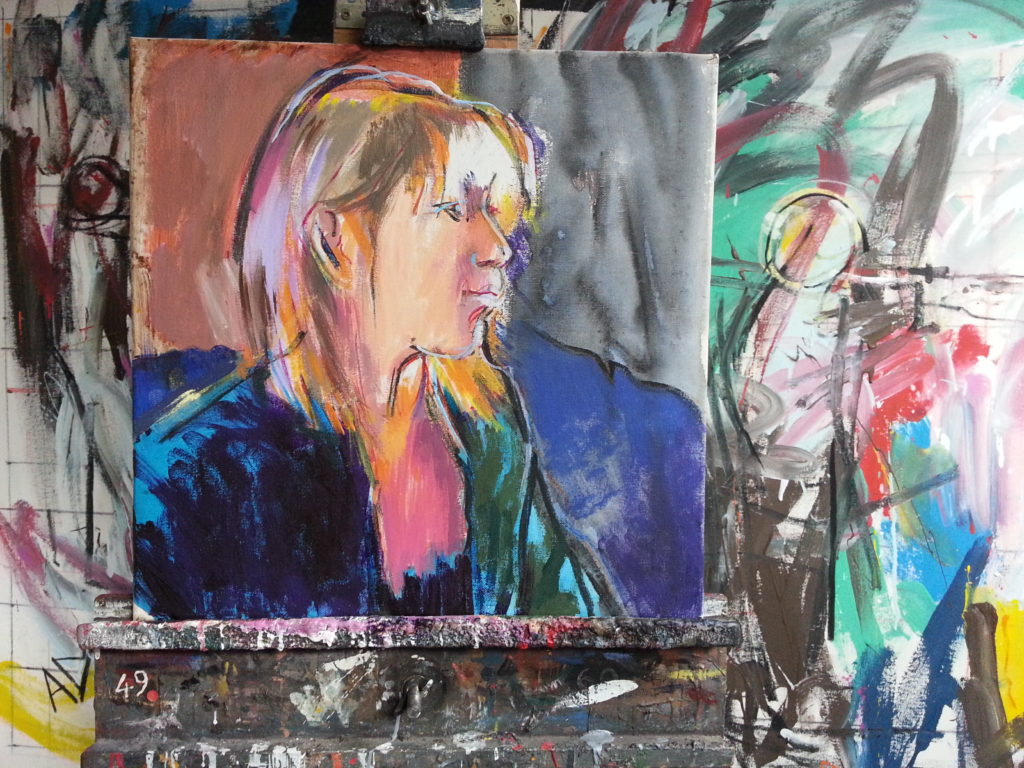
‘All the best Art is about Death and Sex’ – said Jonathan Jones. Perhaps it is, the still-life is less of a challenge than the nude. Death of Lily the Werewolf demonstrates how a precarious balance must be struck between the ‘sane and rational’ and the crazed, in order to make painting happen.
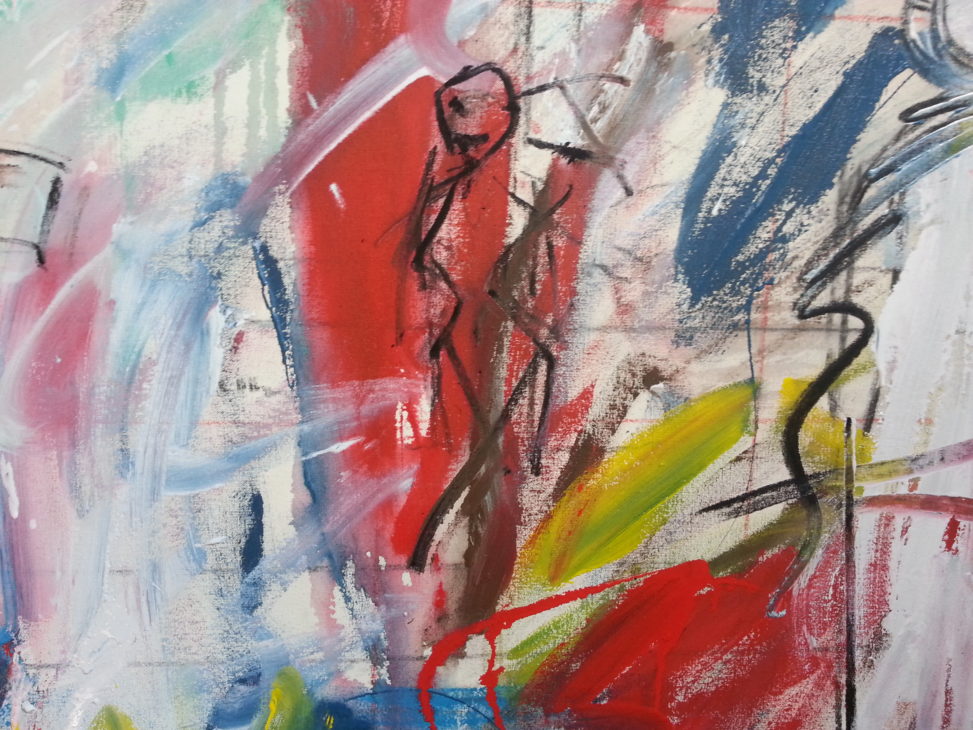
Leave a Reply